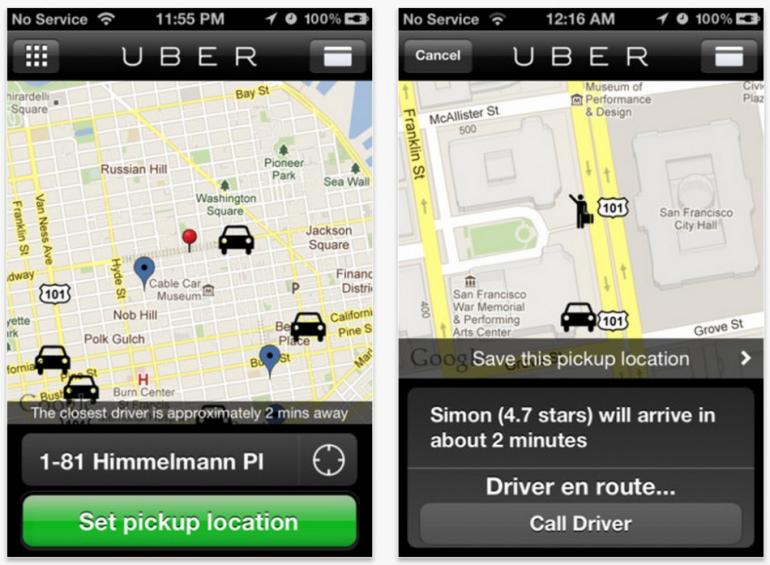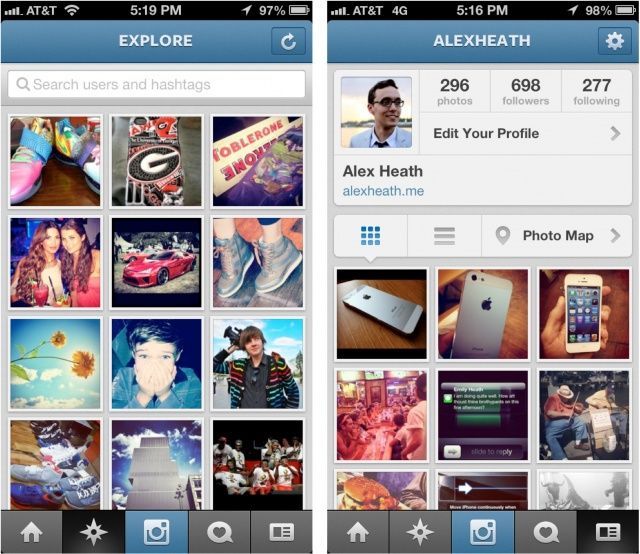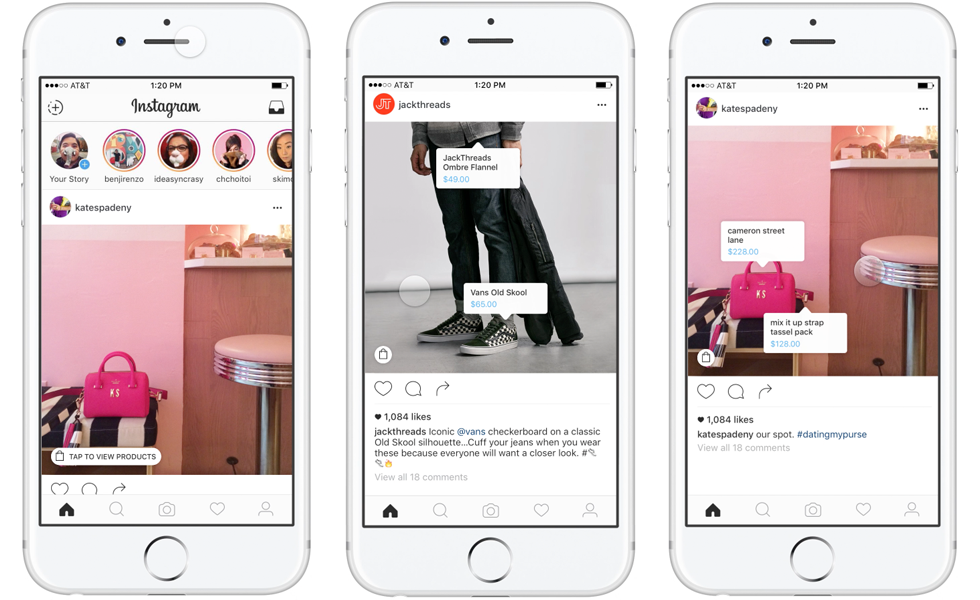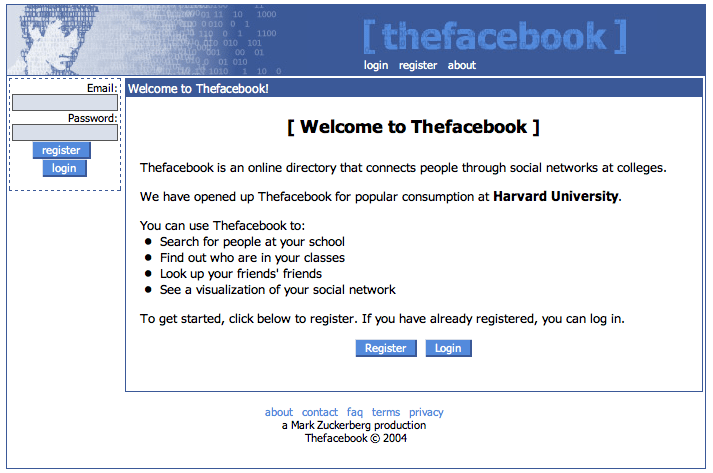We will regularly present tools that we use in our work, but also problems that we encounter in our daily lives.
This week, our choice has been the MVP.
But what is an MVP?
MVP stands for “minimum viable product”
In other words, it is the smallest version of a product that can already be released to the public.
The minimum viable product is a great asset for commercial enterprises. It allows designers to test the idea of the application with customers. It can therefore be considered as the basic architecture of any mobile application.
One of the essential aspects of the MVP is that it includes only the essential features of an application. The development team can quickly receive feedback from potential users and thus determine, at a lower cost, which it is the market response to the product. They can also analyse which specific segments need to be improved.
What are the advantages?
Here are some of the advantages of an MVP:
-It makes possible to develop quickly a prototype of an application and to know its limits, its strong points, its performance, if it is viable and if it can seduce the market.
-It reduces the fear of whether or not the application can be successful
-It allows you to quickly see the rendering of the application (design...etc.)
-It makes possible to better manage security problems due to its progressive development
-It allows you to quickly compare your application idea with the reality of the market
-It allows to know the opinion of potential users
-It reduces the cost of developing the application (saving money and time)
-It gives you an idea of the market value of your product
Some examples of popular applications that started with an MVP
Uber
The taxi booking application Uber also started its initial journey with the launch of an MVP. In its very first version, Uber focused mainly on establishing a good connection between drivers and users and also added the ease of credit card payments.
Features such as cost-sharing, uber-pull and others came only after the success.
Today, it has grown into a billion dollar enterprise with a multitude of advanced features.
This week, our choice has been the MVP.
But what is an MVP?
MVP stands for “minimum viable product”
In other words, it is the smallest version of a product that can already be released to the public.
The minimum viable product is a great asset for commercial enterprises. It allows designers to test the idea of the application with customers. It can therefore be considered as the basic architecture of any mobile application.
One of the essential aspects of the MVP is that it includes only the essential features of an application. The development team can quickly receive feedback from potential users and thus determine, at a lower cost, which it is the market response to the product. They can also analyse which specific segments need to be improved.
What are the advantages?
Here are some of the advantages of an MVP:
-It makes possible to develop quickly a prototype of an application and to know its limits, its strong points, its performance, if it is viable and if it can seduce the market.
-It reduces the fear of whether or not the application can be successful
-It allows you to quickly see the rendering of the application (design...etc.)
-It makes possible to better manage security problems due to its progressive development
-It allows you to quickly compare your application idea with the reality of the market
-It allows to know the opinion of potential users
-It reduces the cost of developing the application (saving money and time)
-It gives you an idea of the market value of your product
Some examples of popular applications that started with an MVP
Uber
The taxi booking application Uber also started its initial journey with the launch of an MVP. In its very first version, Uber focused mainly on establishing a good connection between drivers and users and also added the ease of credit card payments.
Features such as cost-sharing, uber-pull and others came only after the success.
Today, it has grown into a billion dollar enterprise with a multitude of advanced features.









